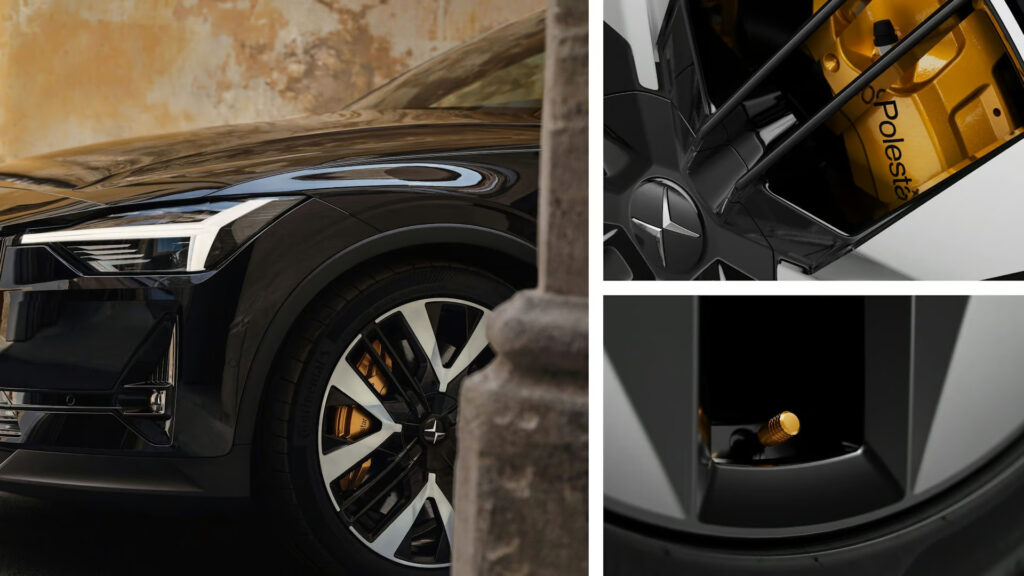Swedish gold, or “guld” in Swedish, might not be a common term, but its significance in Swedish culture is profound. This color evokes warmth, wealth, and an unmistakable Scandinavian charm. Let’s explore the fascinating origins and evolution of Swedish gold, and its integration into Swedish life and Polestar.
Origins of Swedish Gold
The origins of Swedish gold trace back to Sweden’s abundant natural resources. The country is renowned for its rich deposits of copper and iron, not gold, as one might expect. These metals have been mined since ancient times and have significantly influenced Sweden’s economy and culture. Swedish gold is often associated with the warm, golden hues of polished copper and iron pyrite, commonly known as fool’s gold.
Copper mining in Sweden dates back to the 9th century, with the famous Falun Mine being a key source. This mine not only supplied much of Europe with copper but also led to the creation of Falun Red paint, a byproduct of the mining process, now synonymous with Sweden’s red wooden cottages. While Falun Red is more renowned, the golden hues of polished copper and iron pyrite contributed to the color palette that inspired Swedish gold.
READ MORE: Rolls-Royce Unveils Cullinan Series II: A Bold Evolution of Luxury
Swedish Gold in Art and Architecture
During the Renaissance, as Sweden began to emerge as a significant cultural and political power in Europe, Swedish gold made its mark in art and architecture. The color was used in church decorations, paintings, and the gilded details of royal palaces. One of the most striking examples is the Stockholm Palace, also known as the Royal Palace. Built in the Baroque style, it features numerous gilded elements that provide a regal and warm appearance, reflecting light during the long, dark Swedish winters.

The Influence of Swedish Gold on Design
By the 20th century, advancements in material sciences and paint technology allowed Swedish gold to become more accessible. This transition saw the color move from royal exclusivity to a broader cultural symbol, representing wealth, innovation, and quality.
In modern design, Swedish gold is used in various aspects, from interior décor to fashion. Its versatility allows it to be both a bold statement and a subtle accent, making it a favorite among designers. In interior design, Swedish gold creates a cozy and inviting atmosphere, complementing the minimalist Scandinavian aesthetic that emphasizes natural materials and clean lines. In fashion, the color appears in jewelry, accessories, and clothing, ensuring it remains timeless and stylish.
Swedish gold also plays a role in various festivals and traditions. During the annual Midsummer celebration, decorations in shades of gold symbolize the sun and the fleeting beauty of summer.


Swedish Gold and Polestar
Gold universally symbolizes luxury, quality, and achievement. In the realm of consumer goods, it implies a premium experience, a standard Polestar strives to deliver with every vehicle. Polestar’s attention to detail is evident in the use of Swedish gold in the Performance pack for models such as Polestar 2, 3, and 4. The brake calipers, seat belts, and valve covers adorned in Swedish gold are not just for show – they pay homage to Polestar’s Scandinavian roots and performance-oriented heritage. The golden calipers visible through sleek rims remind one of the craftsmanship and precision that Polestar embodies.

In the Pro packs, black seat belts with a sleek stripe of Swedish gold maintain the connection to heritage while advancing the design. The inclusion of Swedish gold in Polestar’s lineup is a deliberate nod to its roots and a symbol of commitment to excellence, weaving the past and future into a harmonious present.
READ MORE: Polaris Unveils 2025 RZR Pro Lineup: Bold Style, Refined Finish, and Unmatched Performance
Subscribe today for the freshest car news delivered to your inbox




